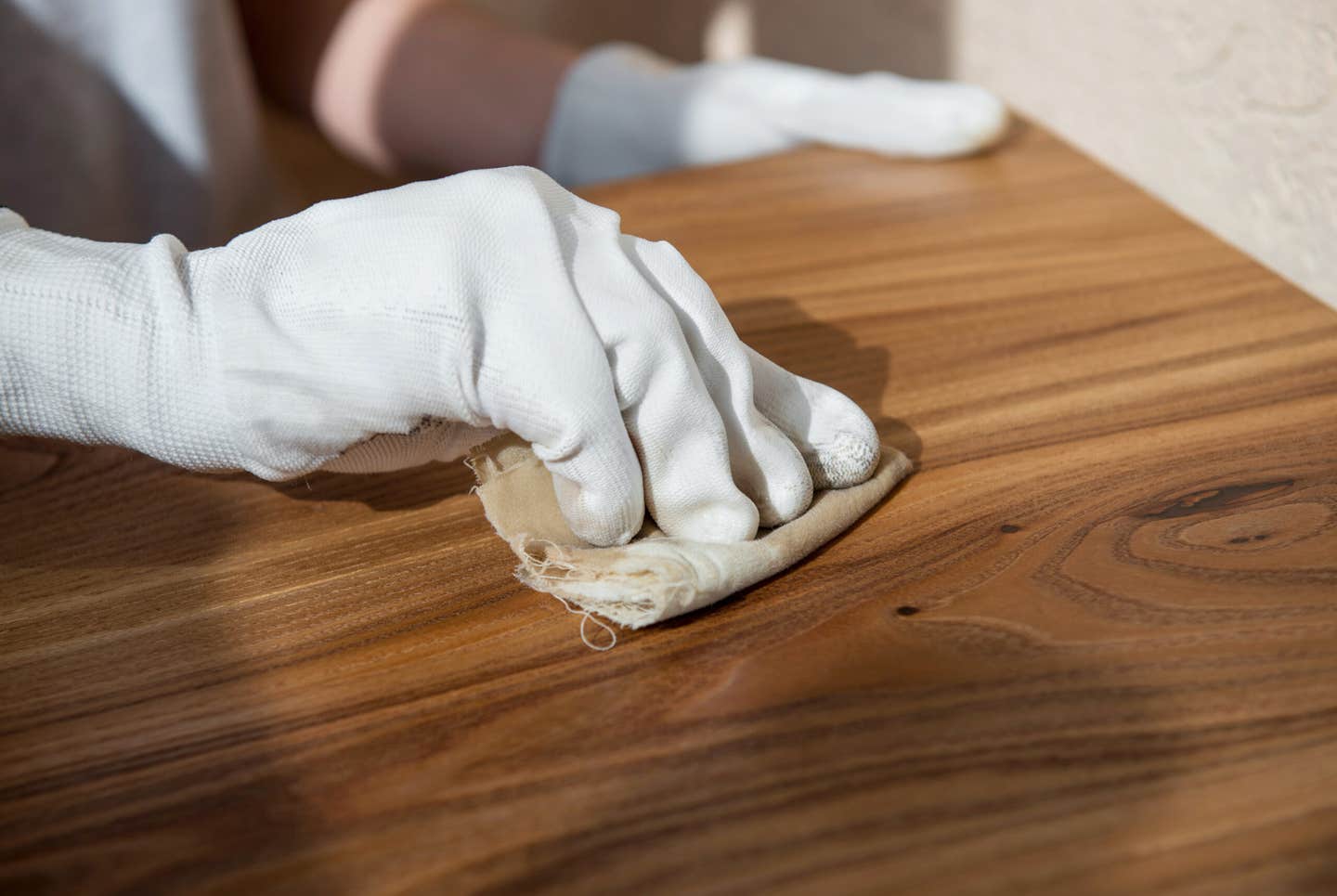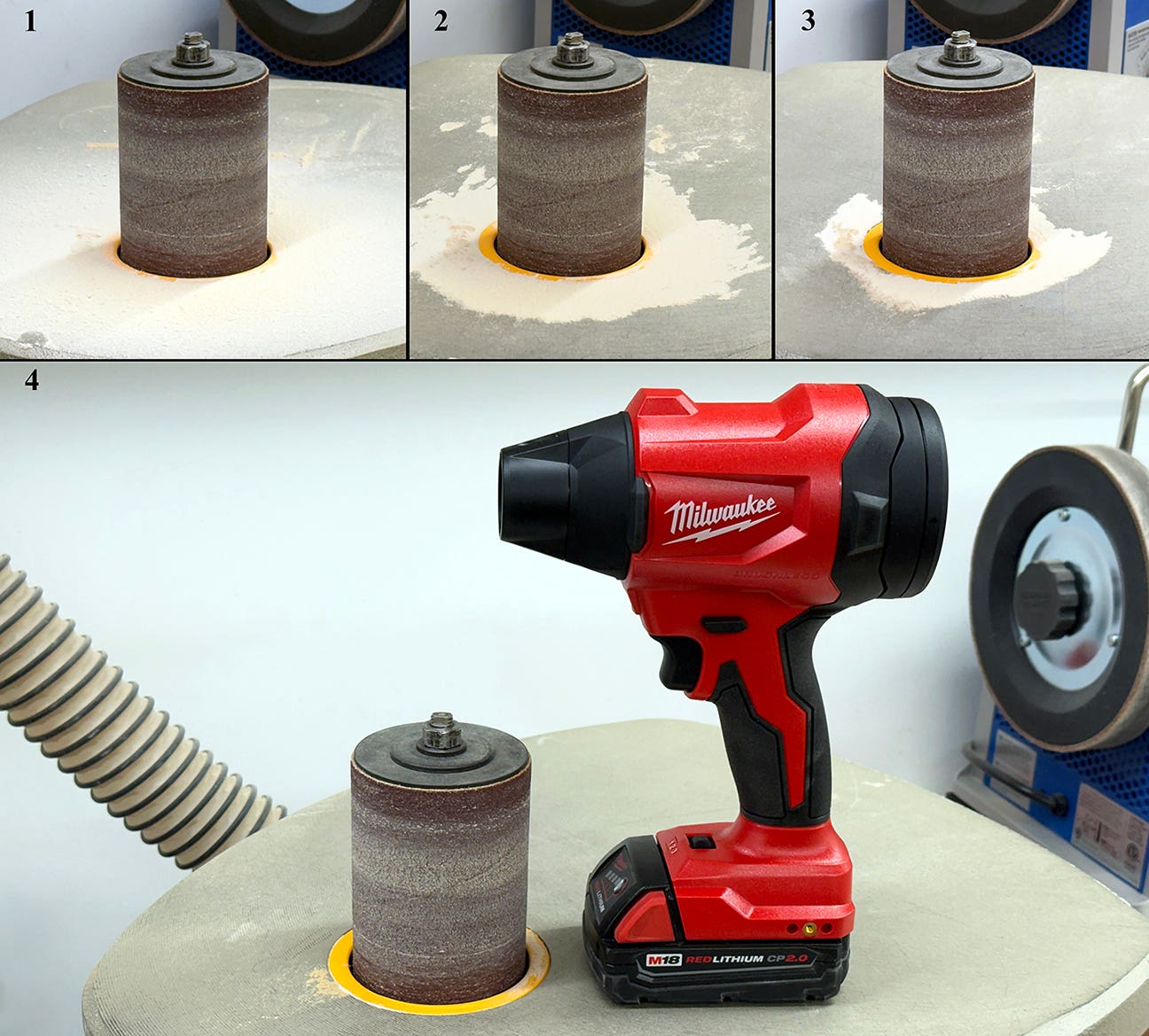Blogs are a quick way to boost business
If you have a penchant for writing and photography, this online tool can sell your shop and serve as an archive {loadposition position10} Blogging. You’ve heard of it and maybe…
If you have a penchant for writing and photography, this online tool can sell your shop and serve as an archive
{loadposition position10}
Blogging. You've heard of it and maybe you've checked out some woodworking, political or cooking blogs. Is it the newest and best marketing tool or a total vanity thing? A waste of precious free time or something in between? The answer is probably all of those things to some degree.
I'm finishing my second year of hosting a blog and several times I've thought, "Don't I have a life?" Well, actually, I do have a life - a busy one. But I still seem to fit in blogging.
What's blogging done for my business? Well, just the other day I got an inquiry for a walnut slab table and, although I didn't ask, I'm pretty sure the person's introduction to my work was through my blog and not my Web site. So what's the difference? I often feel that my Web site is kind of static - a bunch of pictures, a 50-word description of each item and more pictures. There's not much depth or process there. Plus, if you get the design and execution right when you build something, it all looks easy when it's done anyway.
A window into your shop
With custom furniture, it's important to give the client the details from start to finish. Lay it all out there so they can see where their money goes. Until the blogging started, most of my clients only had a vague idea of what went into making their furniture. Since about half of them don't live in Vermont, usually we went about our business, making their stuff, sending occasional updates by e-mail and asking for money. Now, as soon as we get their deposit, I try to get something on my blog. Even if it's only a picture of the wood for their project or the approved drawings, they can see that something is happening.
I also think it's good for my other clients to realize they are not the only game in town, that their project is (usually) one of a few that are under way in the shop at the same time. It also serves as a record, too, a diary, for you as a builder and for them as a client. They can share the link with their family and friends and, when it's time for the money, they can see what you've done to deserve it.
The actual act of blogging is a relatively easy process. If you can attach a picture to an e-mail, you can write a blog and, with a little practice, you can get really fast at it. My son, Will, would watch me write long, involved e-mails and decided, with a little training, that I could make those time-consuming e-mails so they were more like a public record of our ongoing business.
In addition, those e-mails could have a life beyond that one particular client - other clients and potential clients could also see them. And then, as a bonus, if sometime in the future we get to make the same thing again, the blog entry will help us remember exactly what we did. The blog is sort of a record of all that tribal knowledge that disappears as employees cycle through the system.
To blog or not to blog
When does it make sense for you to do this? It's definitely not for everyone. If you're a one-man shop designing, estimating, building, marketing and ordering, it's probably best to forget it. You've got enough on your plate already. If you're like me and you have three or four employees doing most of the work in the shop and much of your job is to design, organize and get new work, maybe you can squeeze it in. It helps if you're actually interested in writing and photography as a hobby or if your 62-year old memory is failing (like mine) on some of the fine process details from time to time.
So maybe you're on board. How do you start? Two places I know of are WordPress (http://wordpress.org) and Google Blogger (www.blogger.com). I'm a Google guy myself, but I think they are about the same. It would also help if you could grab someone under 30 for a quick tutorial. Most of them know at least enough to get you under way, and then you can figure it out as you go along, like any other mildly painful computer program you want to learn.
Basically, you write something, add some pictures, move them around until they're in the right place, add some captions and tell a story - the story is what you're really selling anyway. Then send the link to your customer.
I discovered some things as I went along, like having a prominent link on your Web site's home page so people can get to your blog easily. Organize your posts so they can be grouped into categories, a feature offered as an add-on in the "layout section" by both services. First, it will help you find the stuff you've written once you've got a bunch of it up there and, second, your clients can find other stuff they might be interested in besides what you're working on for them.
One of our sons is a metalworker and does work both independently and for Dorset Custom Furniture. The other one, in his free time, likes to make custom banjos, so I've got relevant categories for their work that they can use for their own Web presence. We also do custom CNC work and I have a category for that so people can see possible uses for their work with that machine.
Multiple advantages
In thinking about writing this piece, I asked myself, "Why do I do this?" I can't give you a really good, all-purpose single answer. The reasons are many:
- It makes me think differently about the woodworking and small business processes we all go through as we run our lives. Maybe it helps me get better at the whole deal.
- It gives me a chance to give something back to the woodworking community in general and that's kind of important to me. It helps, like other archives, to preserve information for future craftsmen and women and possibly give them a leg up on getting it all together.
- I like seeing and remembering how we collectively figured out how to make something we hadn't built before.
I passed a milestone recently - 4,000 people visited my blog, averaging 2.46 pages (posts) per visit and spending an average of 2.11 minutes per visit. Some spent as long as a half-hour browsing my pages. I don't know exactly what blogging is all about for other people, but it's definitely about something for me. I'll keep at it at least a little longer.
Dan Mosheim is the owner of Dorset Custom Furniture in Dorset, Vt. To read his blog, visit www.dorsetcustom furniture.com.
This article originally appeared in the January 2010 issue.







